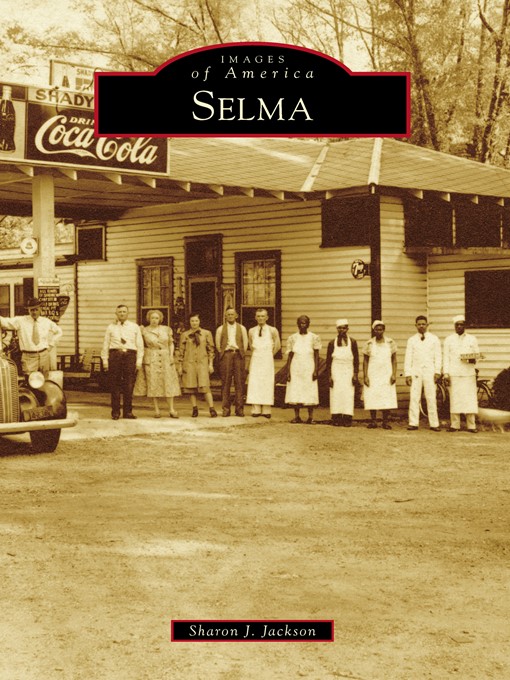- Available now
- New eBook additions
- New kids additions
- New teen additions
- Most popular
- Try something different
- Local Authors
- While You're Waiting for Your Hold
- Sci-Fi & Fantasy Ebooks
- See all
- Available now
- Audiobooks for the Whole Family!
- Just Added Audio for Adults
- New kids additions
- New teen additions
- Most popular
- Try something different
- Sci-Fi & Fantasy Audio
- Audiobooks for Your Commute
- See all

